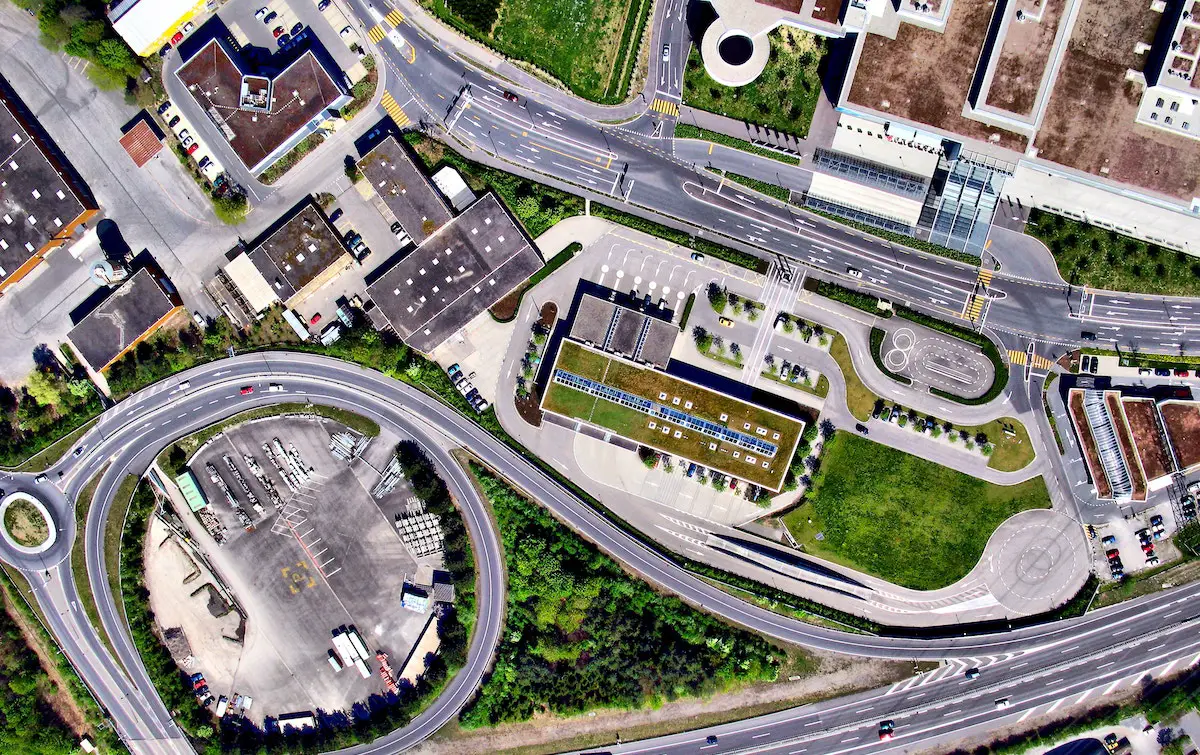Bicycles are regularly praised for their energy efficiency and potential contribution to the development of more sustainable cities, but what exactly are the benefits, and how do they help cities? And what about the environmental impact and benefits of the infrastructure required for cycling in the city to thrive? In this post, three of the primary benefits of cycling and bicycle networks are explored, outlining their positive role in developing environmentally sustainable cities.
Energy Requirements
When compared to other forms of transport, the amount of energy required to produce a bicycle is tiny. Data from the United States in 2008 showed that a 7.2kg road bicycle with a carbon frame uses 11,546,658,000 Joules of energy during the production process compared to 118,284,466,000 for a ‘generic car’ (Figures via WattzOn). Variations exist based on bicycle type and other external factors, but even taking this into consideration, bikes have a substantially lower embodied energy.
Additionally, bicycle lane construction is less energy intensive than roads for automobiles, requiring a smaller amount of space, reduced foundations and other material requirements, and less energy intensive maintenance.
Air Quality Impact
A bicycle’s environmental sustainability is about more than just lower energy requirements. For each person who switches from a private, polluting mode of transport to a bicycle – a zero emission form of transport when in use – a city experiences reduced carbon emissions and improved air quality. Should enough people switch to cycling, the benefits become more tangible for those in the city.
Every person who switches from driving a car to riding a bike ends up with a reduced personal carbon footprint, and lower carbon emissions. If cycling becomes a real and compelling alternative to other forms of transport – as it is in some cities already – then achieving such a modal shift would be more likely. An improved bicycle network is an integral part of this and, if combined with a city’s other cycling needs, improved air quality could become a reality.
Noise Pollution
Pollution is about more than just emissions. Noise levels in cities can also be considered a pollutant, with associated long term health risks:
Noise can increase the levels of stress hormones such as cortisol, adrenaline and noradrenalin in the body, even during sleep. The longer these hormones stay in circulation around the bloodstream, the more likely they are to cause life-threatening physiological problems. – Alok Jha
Some cities are even highlighting noise pollution in their sustainability agendas. Vancouver’s 2020 action plan – intended the help the city become ‘the world’s greenest’ – imagines a highly sustainable future for the Canadian city, envisioning ‘less pollution and cleaner air, less machine noise and more birdsong’.
Despite occasionally veering off into an almost fairytale-like tale of sustainability, the role of noise pollution reduction on the agenda show that the issue is being considered, at least in some cities. With the same report listing an increase in levels of cycling as integral in developing communities, the role of the bicycle in reducing noise pollution is at least being hinted at.
Despite these obvious urban benefits, bicycle networks and bicycles themselves aren’t the sole answer – that would be far too simple! The analysis of urban air quality is complex, affected by factors such as weather, geography and industry – something bicycle networks have no control over, and something which differs from one city to another. And like it or not, cities will always use energy, emit carbon, and make noise. However, a city that depends on bicycles more than other automated forms of transportation will require less energy, emit less carbon, and make less noise.
Photo: lopify. This is an updated version of a post originally published in November 2011.


